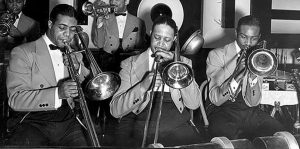
The Count Basie Trombonists 1936-40
When one thinks of the classic Count Basie Orchestra of 1936-40, the tenor-saxophonists (Lester Young and either Herschel Evans or Buddy Tate), the trumpeters (most

When one thinks of the classic Count Basie Orchestra of 1936-40, the tenor-saxophonists (Lester Young and either Herschel Evans or Buddy Tate), the trumpeters (most
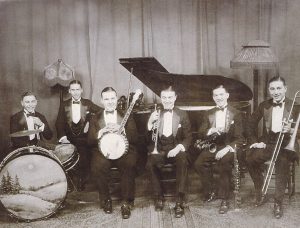
Only one U.S. president came close to becoming a jazz musician. Bill Clinton has often humorously stated that, while playing the tenor-sax as a teenager,
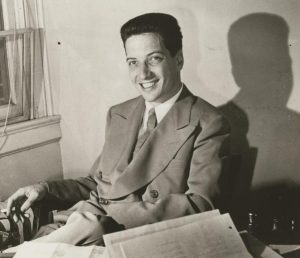
For the 100th article in my series of Jazz Profiles, this is the first time that a non-musician is the subject. John Hammond is considered
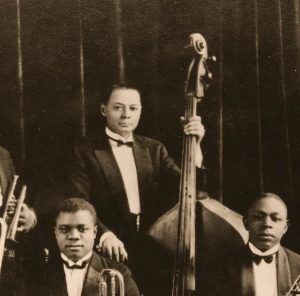
While the string bass was part of the early New Orleans jazz scene from its start, with Jimmy Johnson (1876-1937) and his bass being seen
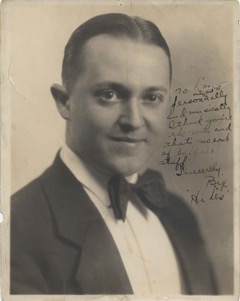
Bix the Cult Figure A legend among many musicians and fans even during his relatively brief life, Bix Beiderbecke was jazz’s first cult figure. After
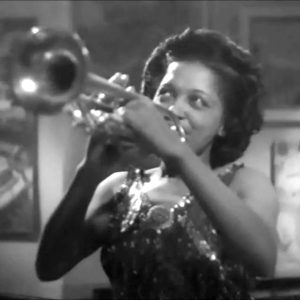
There was a time not too long ago when it was roundly believed that women did not have the physical capabilities to play most horn

Art Hodes was never the type of musician who complained about not getting enough gigs; he always did something about it. He was a fighter
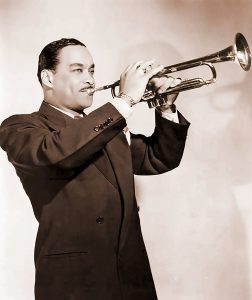
Buck Clayton is most famous today for his association with Count Basie but that is only a small part of his musical legacy, a seven-year
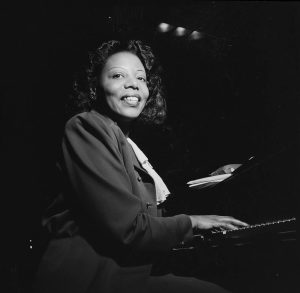
Mary Lou Williams had a unique career. For much of her life she was called “jazz’s greatest female musician” but in reality she was simply
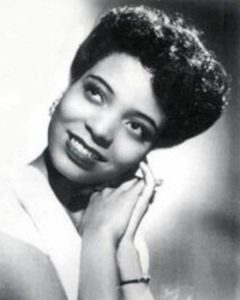
Duke Ellington’s compositions have been sung so often, particularly those that he wrote prior to the early 1950s, that it is surprising that it was
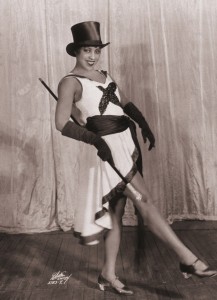
It may seem surprising that Duke Ellington, who took over Elmer Snowden’s Washingtonians in 1924, did not have a regular vocalist until late in 1931.
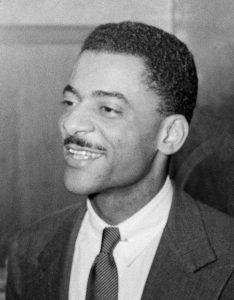
Teddy Wilson always stood apart from the stereotypes attached to jazz musicians of the 1930s, ’40s, and ’50s. He was soft-spoken, distinguished, reliable, and very

They were both masterful clarinetists from the South who had notable associations with rather major players. In addition to having the same B.B. initials, their
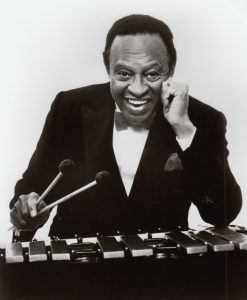
By 1941, Lionel Hampton (who turned 33 that year) was quite famous. His exuberant playing with the Benny Goodman Quartet and Sextet and his series
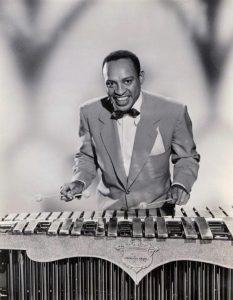
Lionel Hampton, the first significant jazz vibraphonist in history, was a one-of-a-kind entertainer. He would do almost anything to excite audiences and it was impossible
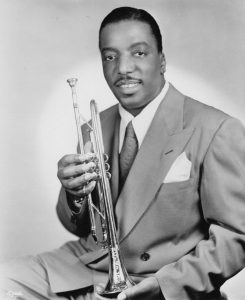
He was billed as “the 20th Century Gabriel” because of his high-note work and flamboyant solos. Very popular during his heyday and the leader of
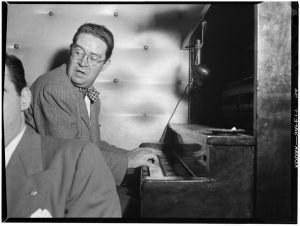
Joe Sullivan and Bob Zurke had several things in common. They were both brilliant pianists with their own sound within the swing tradition of the
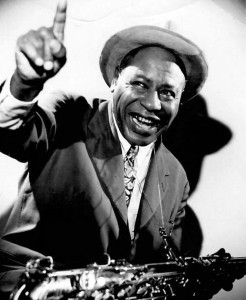
Benny Waters and Joe Turner (no relation to blues singer Big Joe Turner) were two of the many American jazz artists who found life to
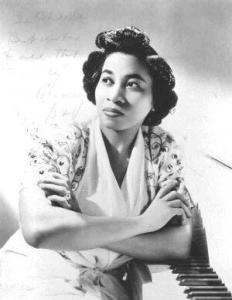
Lil Hardin Armstrong had a long career as a pianist, songwriter and occasional singer but she is chiefly remembered today for her work during a
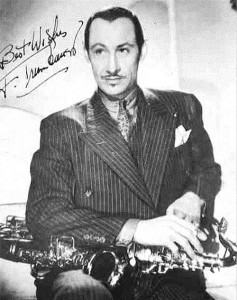
They were two of the finest saxophonists of the 1920s, ranking at the top with Sidney Bechet (soprano sax), Jimmy Dorsey and Johnny Hodges (alto),

In music history, it ranked with Igor Stravinsky’s debut of The Rite Of Spring in 1913 and Bob Dylan “going electric” at the 1965 Newport
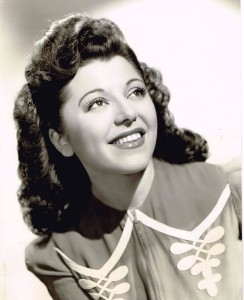
During the Swing era, bandleaders had a variety of different opinions about the importance of employing a female singer. Some, such as Artie Shaw, considered
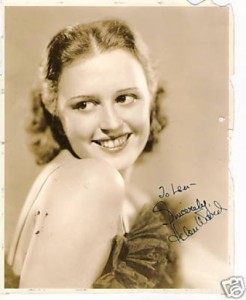
During the big band era, nearly every orchestra (swing or sweet) was comprised of male instrumentalists, a male vocalist (who was sometimes one of the
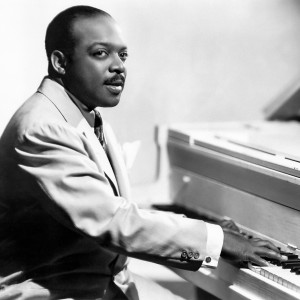
In 1950, for the first time since 1935, there was no Count Basie Orchestra. By then, most of the swing era big bands were either